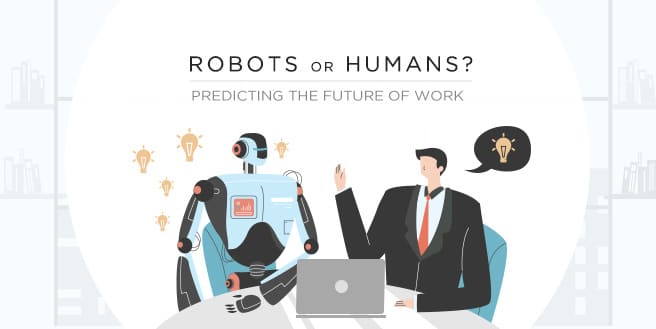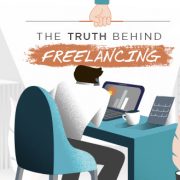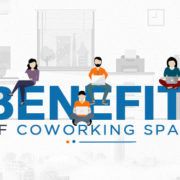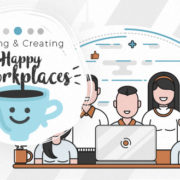Robots or Humans? Predicting the Strategical Future of Work
As scary as it sounds, technology is slowly replacing jobs – frankly speaking, those who are holding these jobs are now slowly being replaced by robots.
And though one would assume that manufacturers and production companies are the only ones to be affected by this change, the chances of other industries being saved from the AIs are slim to none. Even knowledge workers are at risk. Recent surveys said that 39% of jobs from the legal industry could be automated in the next ten years. A separate study has said that even accountants have a 95% of losing their jobs to automation.
The manufacturing industry would feel this change much sooner than most. With “robotic bricklayers” rising in the market – machine learning algorithms programmed for optical part sorting, automated quality control, failure detection, and improved productivity and efficiency. The National Institute of Standards predicts that “machine learning can improve production capacity by up to 20%” and can help reduce raw materials waste by 4%.
There are several literatures and other reports predicting the loss of millions of jobs by the year 2020 – providing us with a grim reading of what the future may entail. But with all the technology being served on the table, one question remains: where does this leaves us, humans?
A Flawed Model
Business leaders and executives are captivated by the idea of saving them millions and millions of labor costs without sacrificing the quality of product they provide. The idea of having AI technology to enhance production is a dream come true for a majority of corporations and as they become blinded by these shiny machineries, corporate leaders seemed to have forgotten the effect this could mean for the people behind their operations.
Though many would believe that it would be best for companies to have lesser employees, CEO and founder of Fetch Robotics, Melonee Wise says otherwise. She cautions the arrival of AIs isn’t as black and white as executives would think – for every robot in the world is a human behind it taking good care of its system. She adds that the point of technology is to boost productivity, not cut workforce.
Strategical, Tactical, Robots
Consulting firm McKinsey took matters into their hands and started studying the kind of work most appropriate to automation. Their findings conclude that they create betters results in technical work – leaning towards tactical applications.
On the other hand, task that require high degree of imagination, creative analysis and strategic thinking is harder to automate. The current technology available as we speak finds activities involving managing and developing people difficult. These AIs cannot apply their expertise in decision making, planning, or creative work.
Its safe to say that there is still room for our workforce. There are still tasks and projects that can only be successfully accomplished with the innate ability of humans. This poses a new threat to managements around the world; how will they integrate this new technology into their current workflow without disrupting peace within its workforce.
Rethinking What The Workforce Can Do
The goal is for technology to take over some tasks without replacing the people who have spearheaded this work. Wise reminds the majority that robots and AIs themselves are just tools that leaders can utilize how they see fit. Corporations have the choice to whether replace human work or augment the new technology into their workforce.
As mentioned earlier by McKinsey, creativity and imagination still play an important role at work. And finding a way for both creativity and automation to thrive in one realm could be the best way to go. One proof of this possibility is the well-received, coworking spaces. Priding itself in its ability in cohabitating the polar opposites, providers have designed these serviced offices to be flexible enough to accommodate new technology and aesthetically refreshing to encourage creativity.
By reshaping their current workforce, businesses can generate a new human resource development agenda that provides success that is both technological and human.













Leave a Reply
Want to join the discussion?Feel free to contribute!